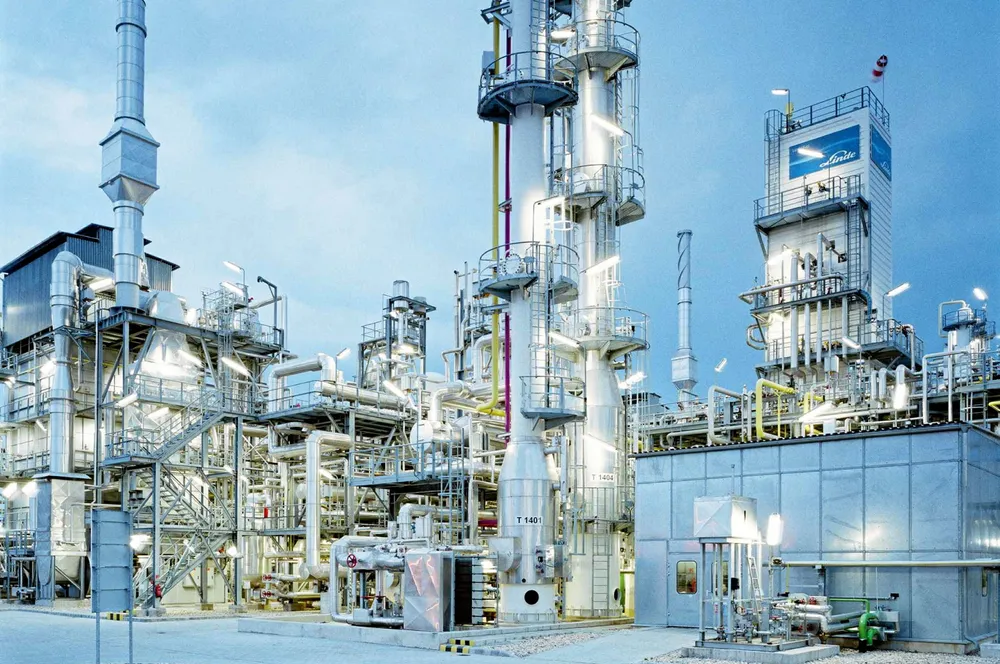High carbon price makes blue hydrogen cost competitive with grey in UK and Netherlands: ICIS
More efficient technology associated with low-carbon H2 production also a factor in driving costs down

More efficient technology associated with low-carbon H2 production also a factor in driving costs down
